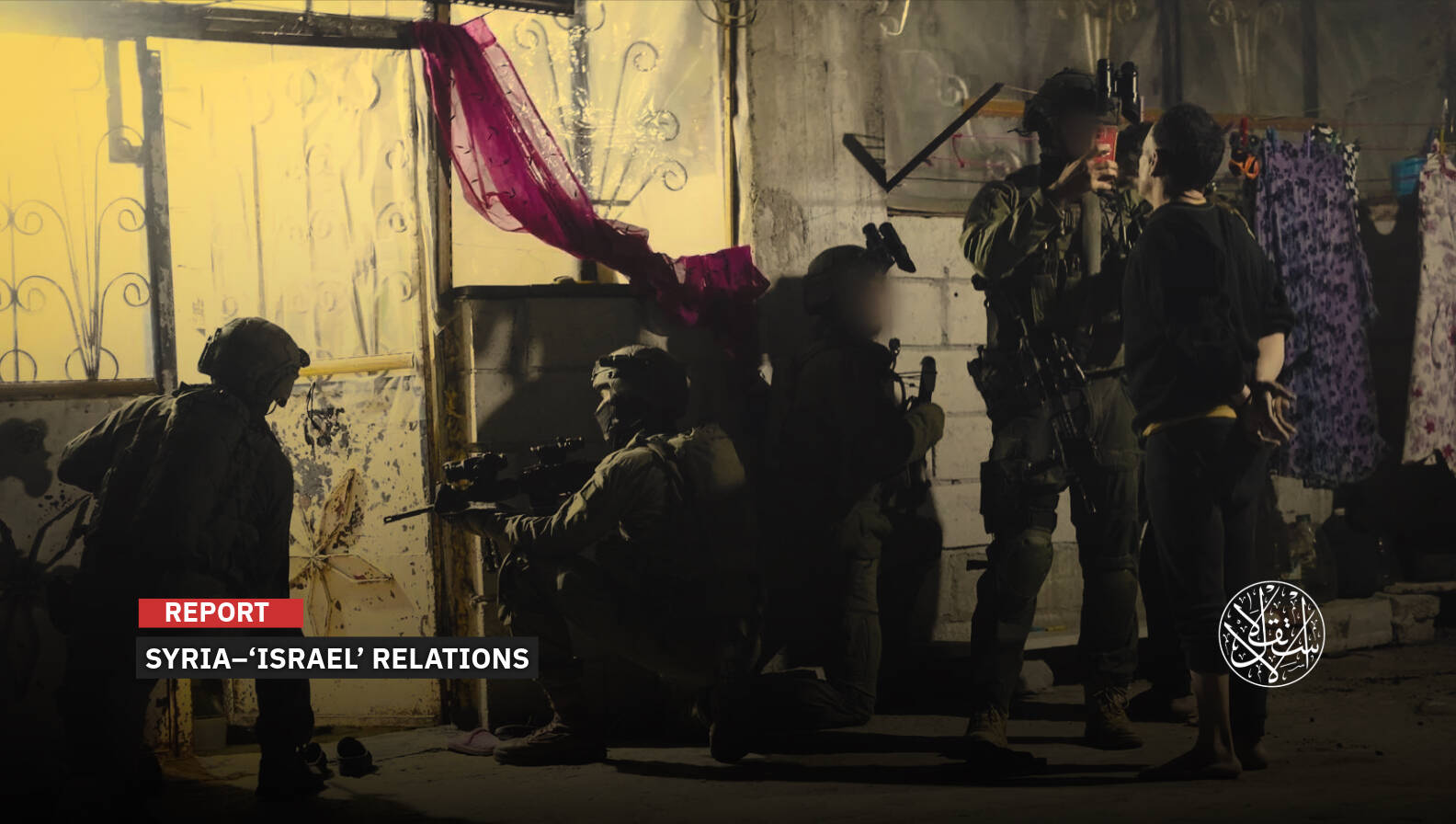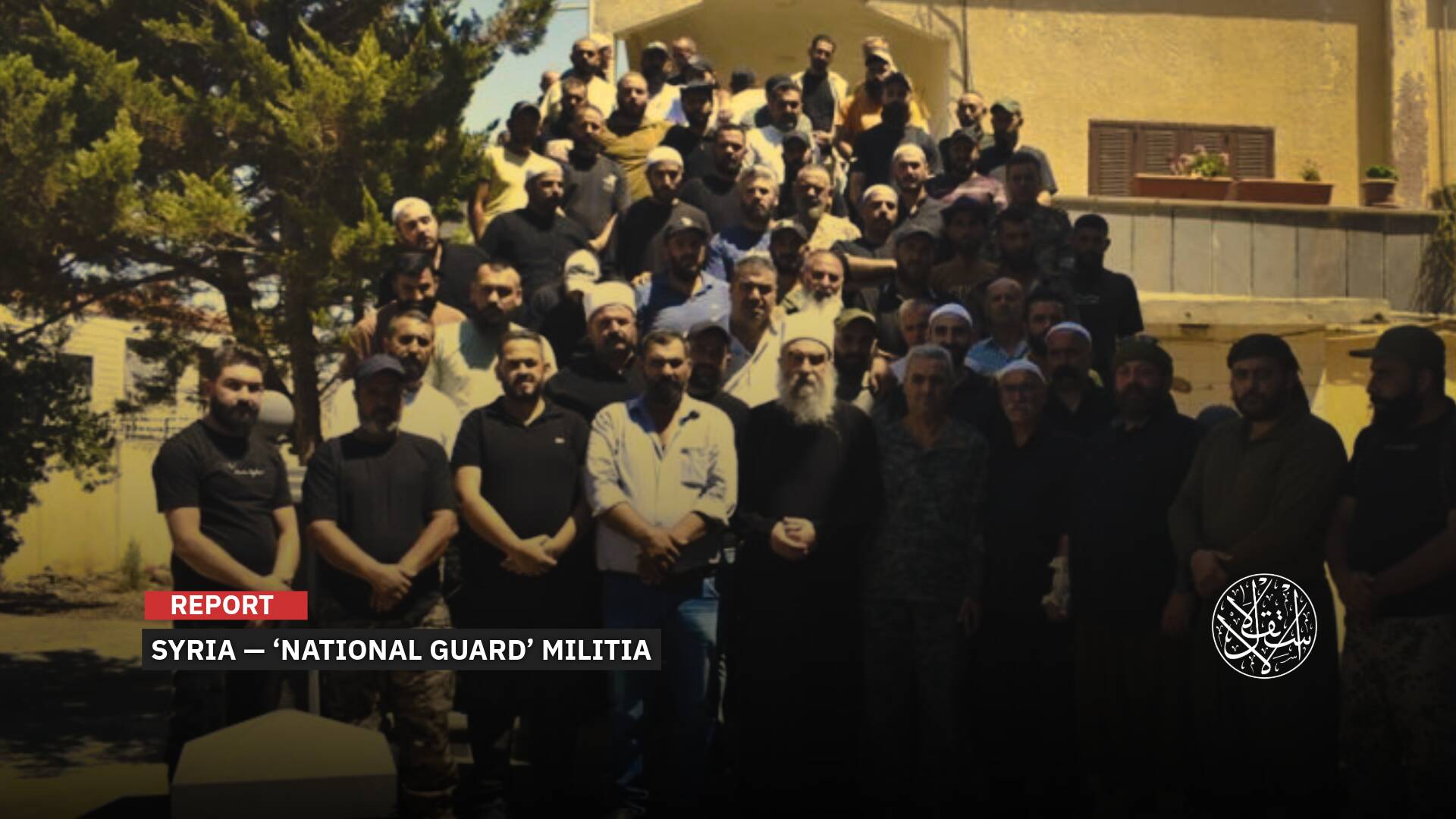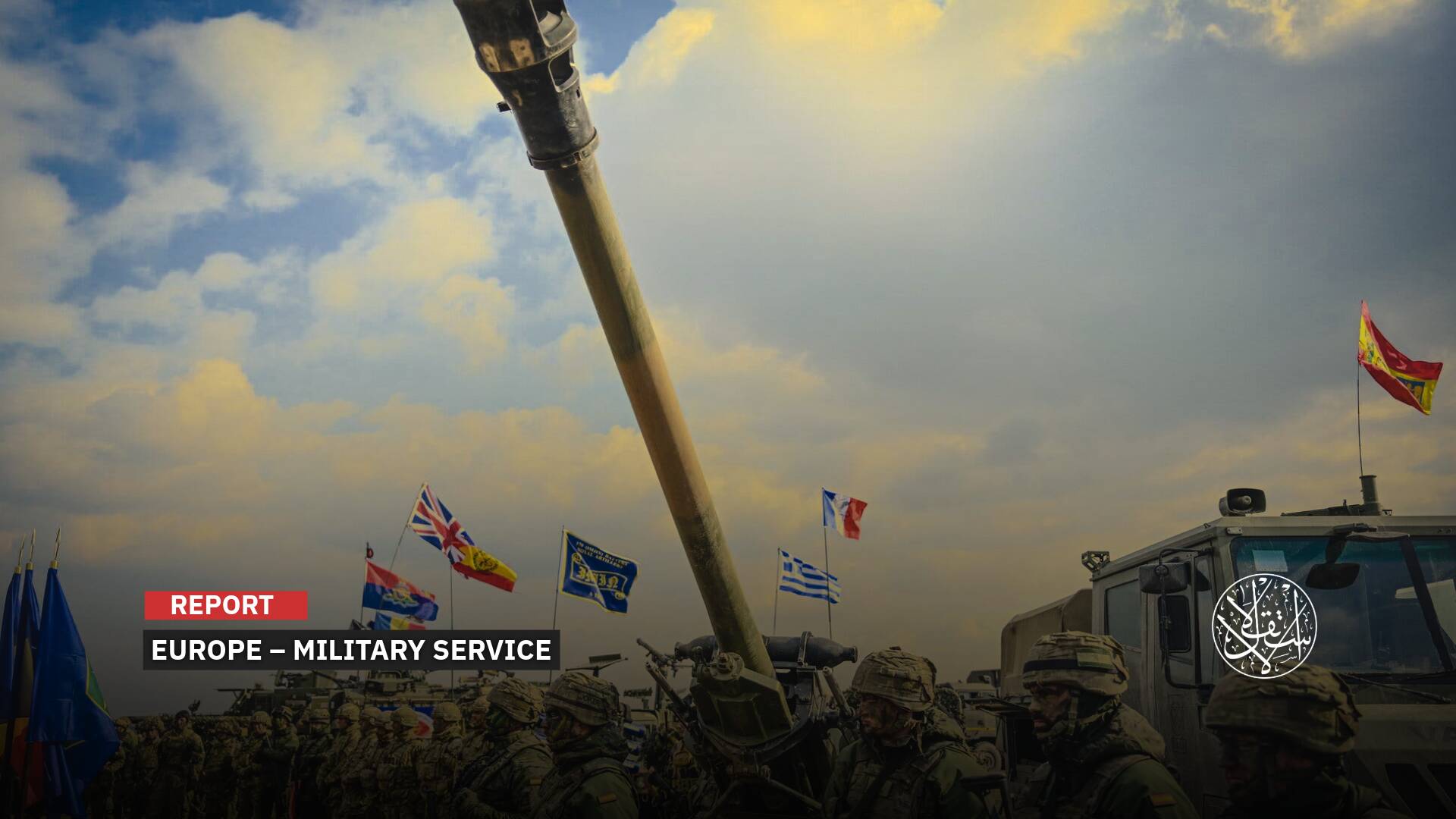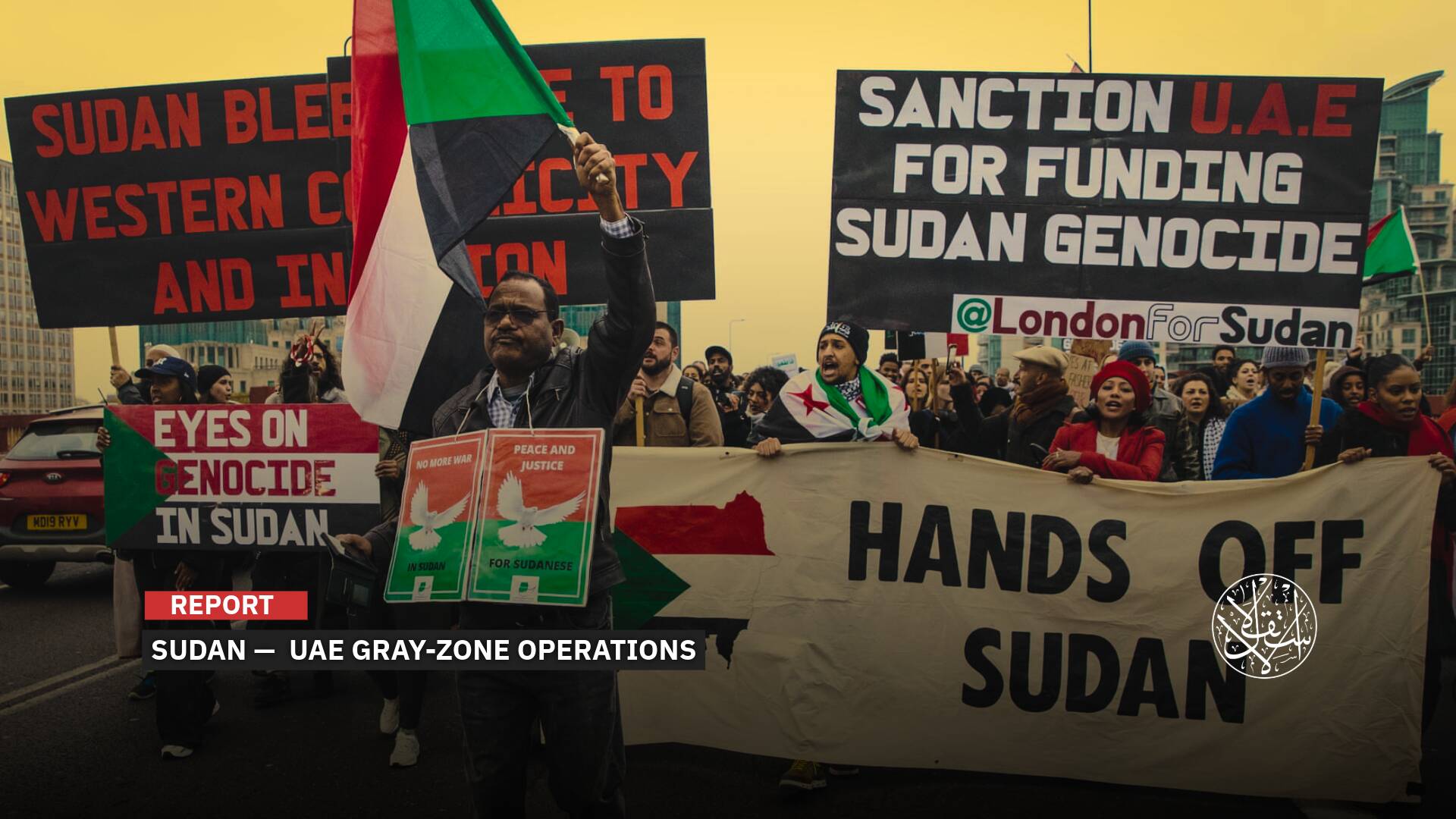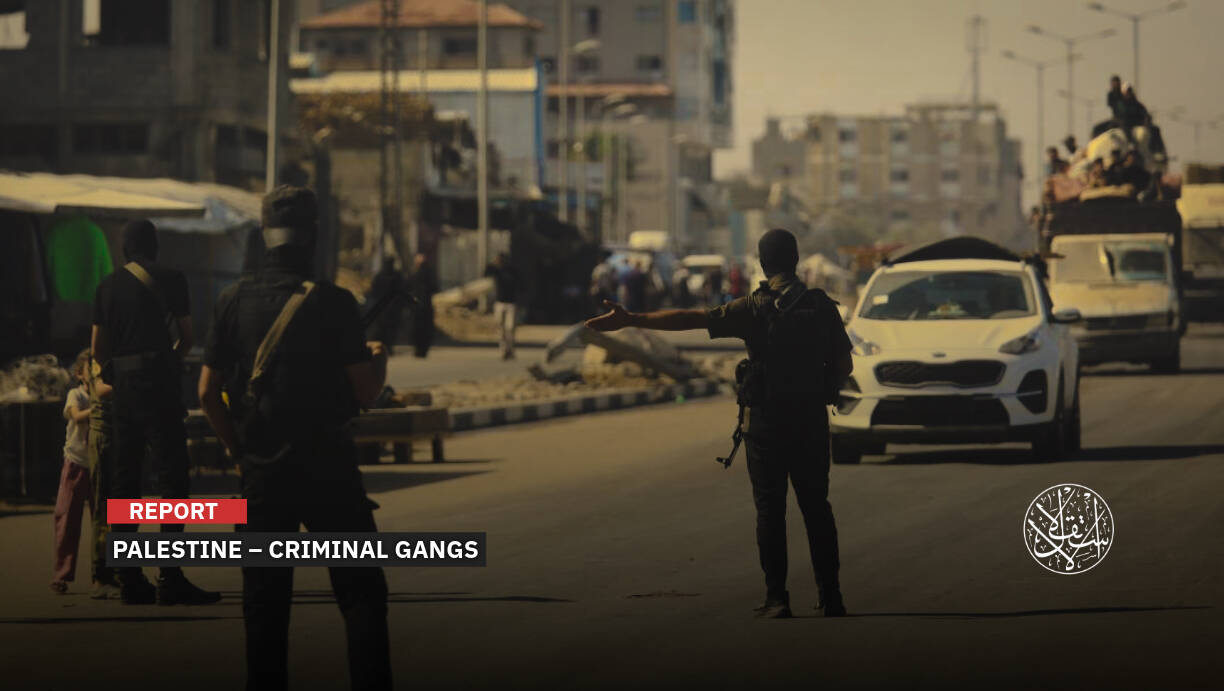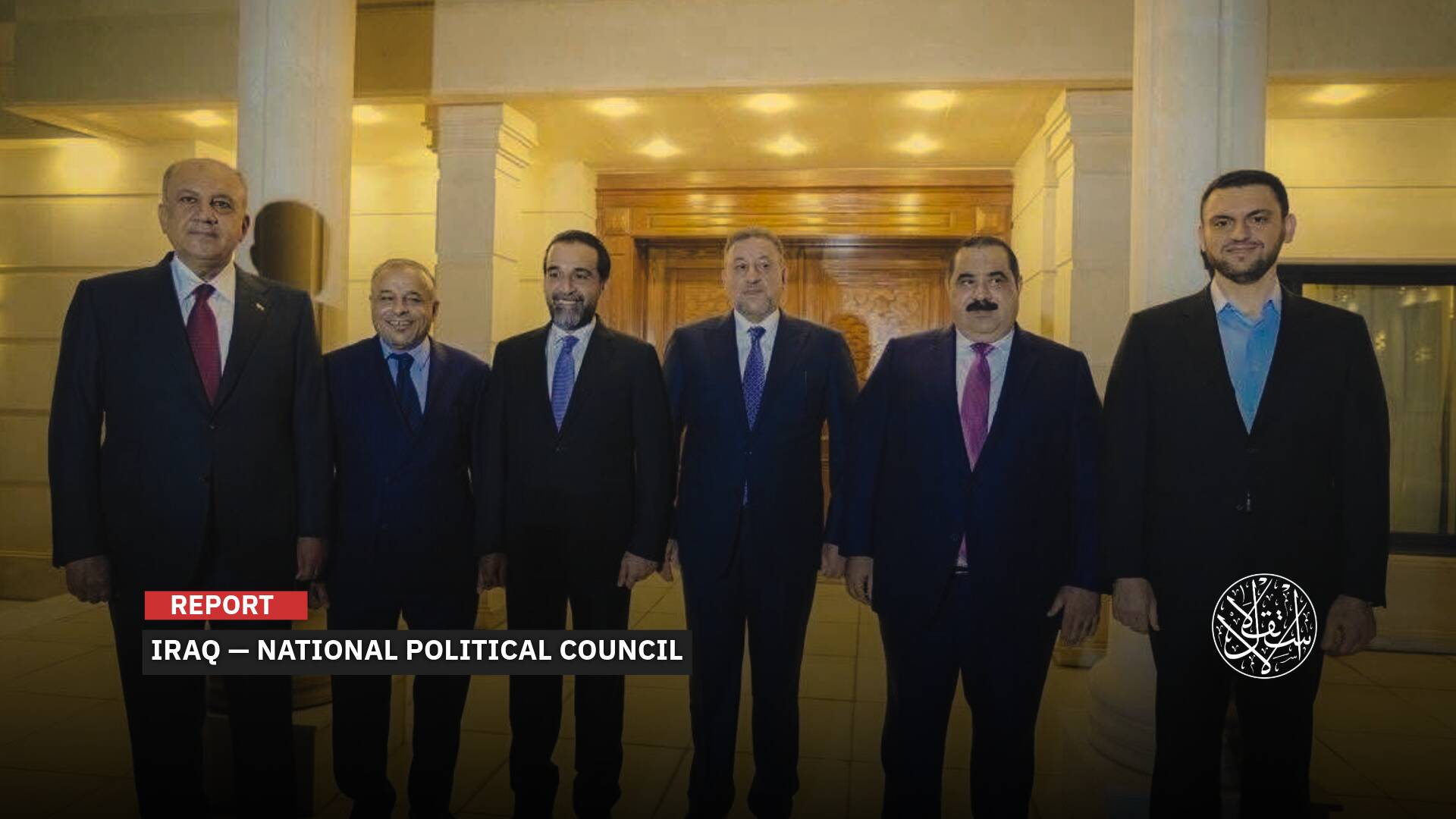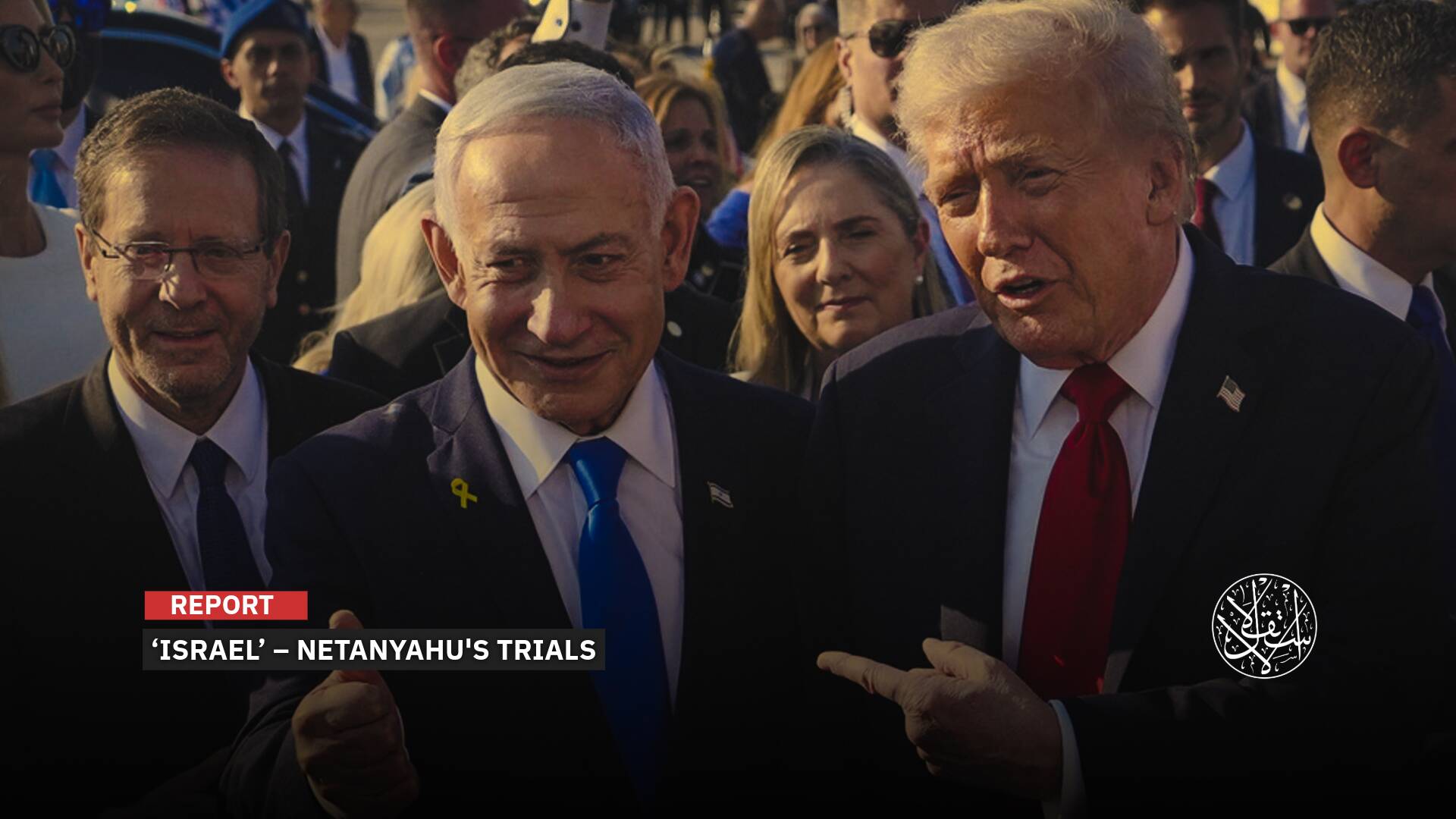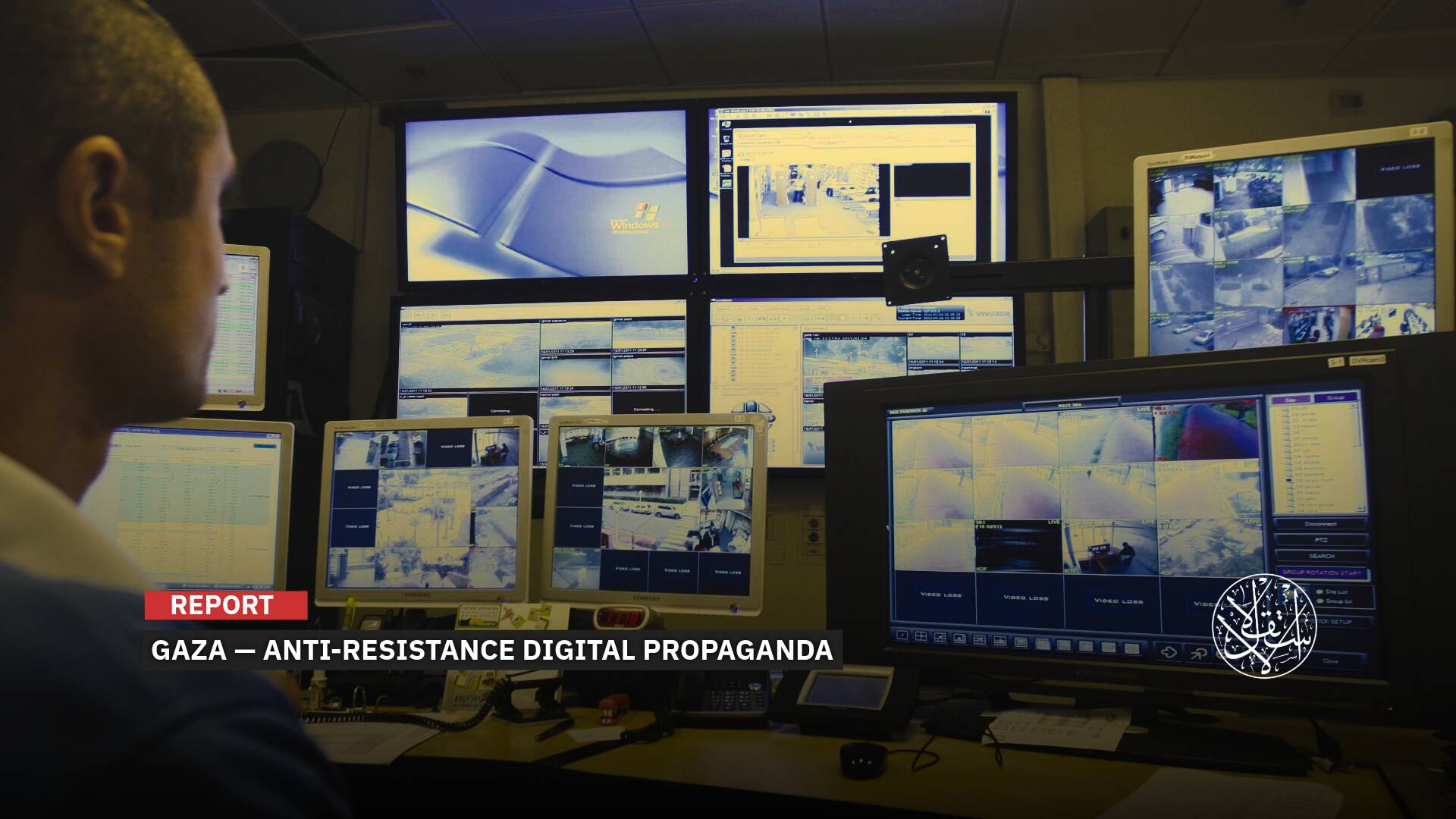Iran Leads Coordination Meetings Between Shia Factions in Iraq and Lebanon, But to What End?
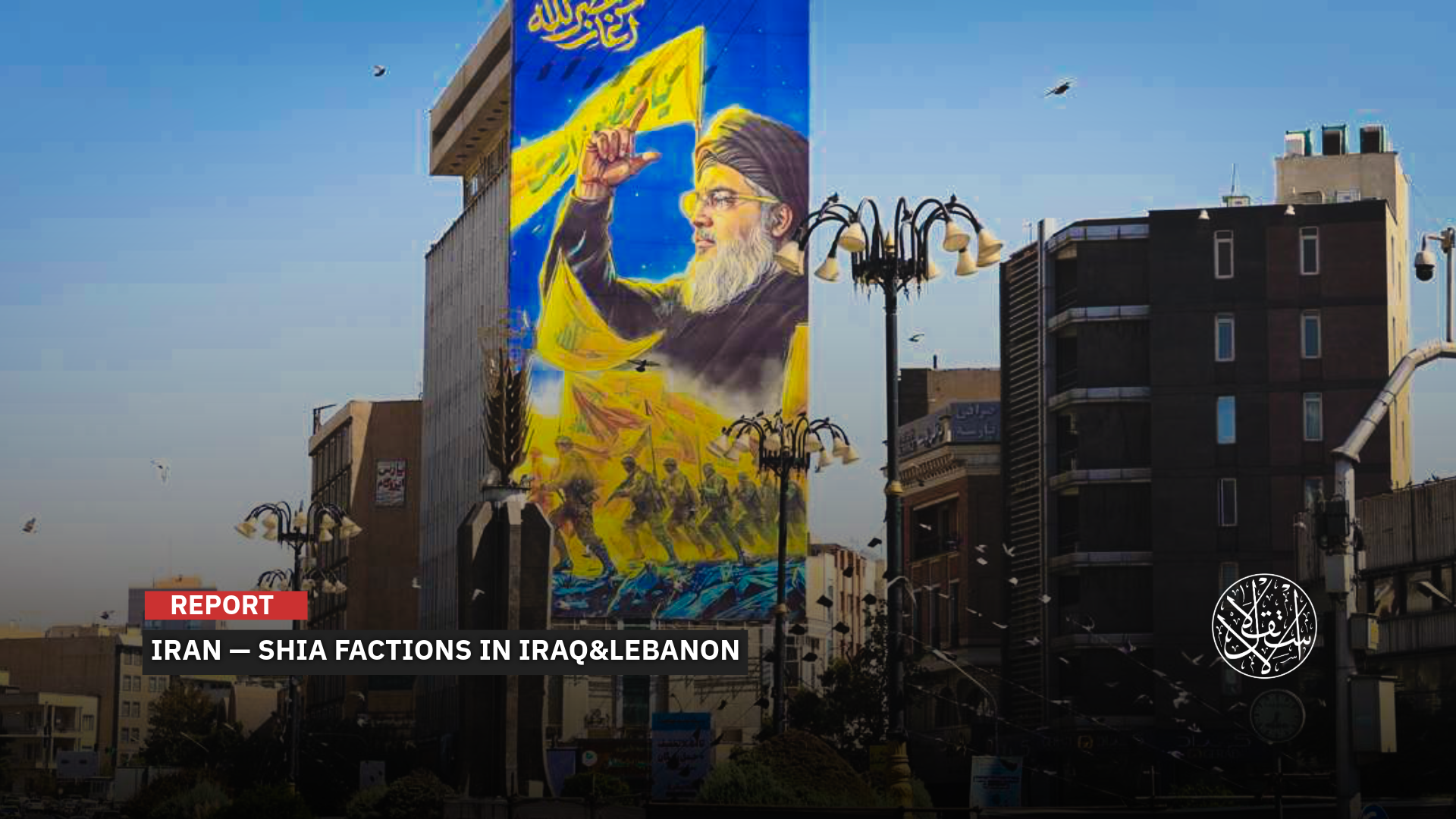
The meetings between Lebanese and Iraqi Shia figures were both religious and political, held in Baghdad and Najaf.
Amid the sharp decline of Iran’s regional axis following the events of October 7, 2023, Tehran has been quietly orchestrating coordination meetings among its allied Shia forces, particularly in Iraq and Lebanon, a move that has sparked questions about its motives and potential consequences.
The so-called “Resistance Axis” has faced major setbacks in recent years, including the fall of Bashar al-Assad’s regime in Syria, the weakening of Lebanon’s Hezbollah after a series of Israeli strikes that killed several of its top commanders, including former Secretary-General Hassan Nasrallah, and a joint U.S.-Israeli aggression on Iran itself on June 13, 2025.
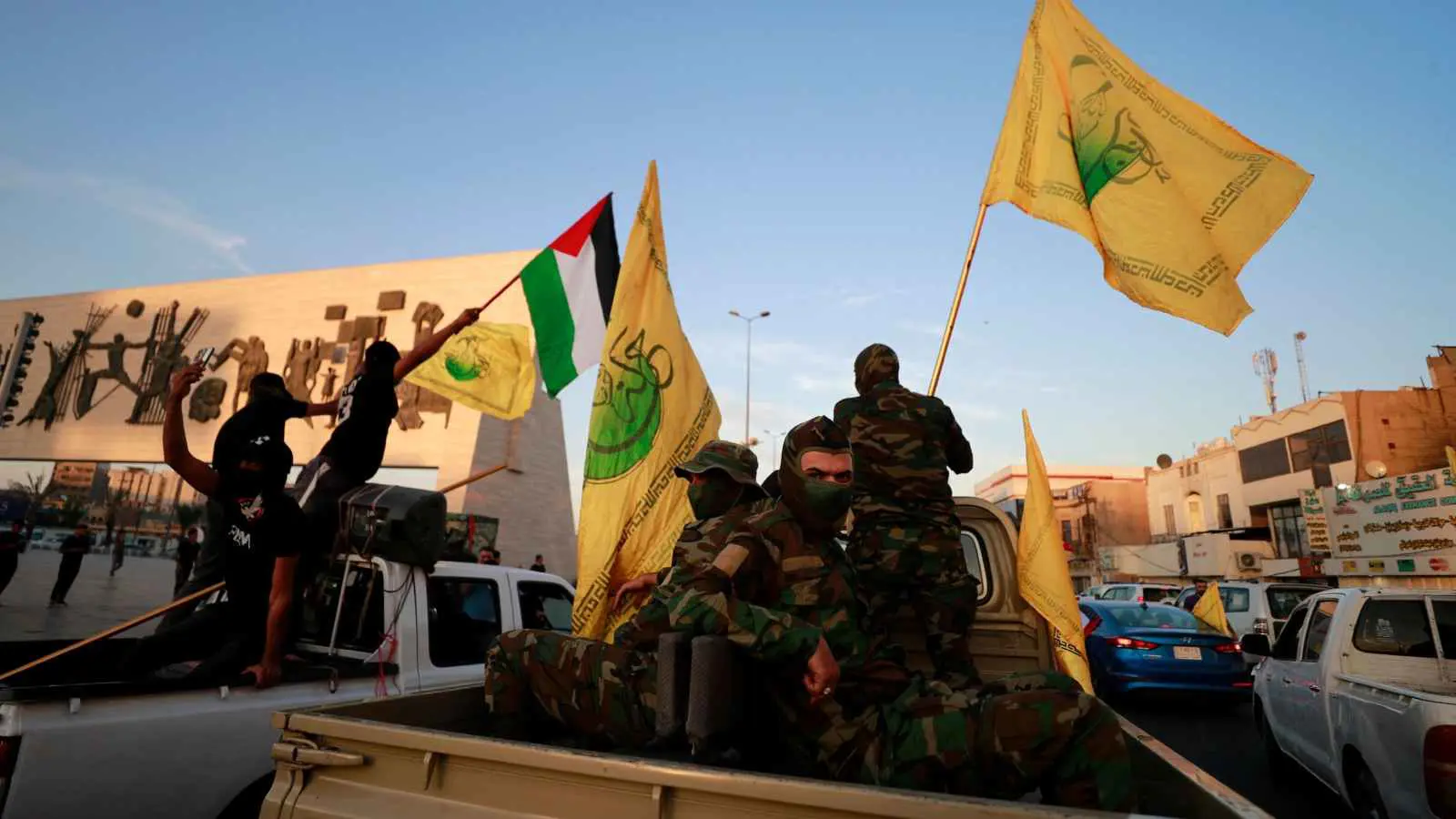
A Battle for Survival
On October 8, 2025, Radio Monte Carlo reported, citing unnamed sources from Muqtada al-Sadr’s Sadrist movement and Nouri al-Maliki’s Islamic Dawa Party, that delegations from Lebanon’s Amal Movement and Hezbollah held extensive talks with political and religious leaders in Baghdad.
According to the French outlet, the meetings took place as part of a growing Shia-to-Shia coordination effort between Lebanon and Iraq, with the visiting delegations meeting senior figures from Iraq’s ruling Coordination Framework and leaders of various Shia factions.
The report added that the two Lebanese delegations also met influential clerics in Najaf, south of Baghdad, the city that hosts Grand Ayatollah Ali al-Sistani, the highest Shia religious authority.
Sources told the outlet that coordination between Lebanese and Iraqi Shia factions has become essential amid escalating internal and regional challenges. Over recent months, this cooperation has deepened significantly.
Four key developments, the report noted, have pushed this coordination forward. The first is the fall of Bashar al-Assad’s regime in Syria, once a central ally of Shia movements across the region. The second is the Israeli Occupation’s war on Gaza, in which both Lebanon and Iraq’s fronts have played active roles.
The third is the tough stance taken by the current U.S. administration on disarming Hezbollah and Iraqi factions. The fourth factor is the twelve-day Israeli war on Iran, which further reshaped the regional power balance.
A source from the Islamic Dawa Party said that these shifts have compelled both sides to forge a “strategic alignment,” with Iraqi factions now viewing Lebanon’s situation as directly tied to their own.
“There is a strong belief within the Coordination Framework that if Hezbollah is stripped of its weapons, the same will soon happen to Iraqi factions,” the source said. “And if Shia political influence is curtailed in Lebanon—a goal pursued by both Washington and Riyadh—Iraq will face the same fate. The two sides now see themselves in one trench, fighting a single battle for survival.”
The report concluded that Iran’s Islamic Revolutionary Guard Corps (IRGC) has been the driving force behind this coordination. Tehran, it said, increasingly views Hezbollah as the weakest link in the so-called “Axis of Resistance” due to shifts in Syria and mounting U.S.-Israeli pressure on Lebanon.
With Israeli and American intelligence closely tracking the movements of IRGC commanders in Lebanon, Iran now sees this cross-border coordination as a solution, allowing Iraqi leaders to engage directly with Hezbollah on its behalf.
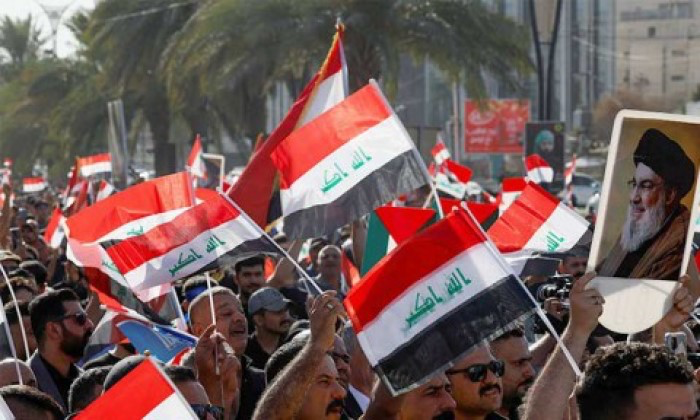
Concessions for Survival
Commenting on the significance of the recent Shia coordination meeting, Iraqi political analyst Muhannad Alzami said that “Iran-backed Shia forces across the region are feeling an existential threat, and Tehran is now trying to halt the decline of its regional axis and preserve what remains of it, at least long enough to outlast the presidency of Donald Trump.”
“Iran is prepared to have its allies in Lebanon and Iraq make concessions to the United States and possibly even to Israel to halt the erosion of its influence, a decline that could ultimately endanger the very survival of the Islamic Republic,” Alzami told Al-Estiklal.
The analyst pointed to two clear signs of this shift: Iran’s push for Hezbollah to open a new page with Saudi Arabia, and the decision of Iraq’s ruling Coordination Framework to allow Prime Minister Mohammed Shia’ al-Sudani to attend the Sharm el-Sheikh Summit on the Gaza war alongside President Trump—an act that Muqtada al-Sadr called “a disgrace.”
He suggested that Sudani’s visit to Egypt on October 13 was likely aimed at meeting Trump and presenting a new image of Iraqi Shia politics, distancing them from the “Axis of Resistance” narrative. “This move,” he said, “may have even been encouraged by Iran itself.”
Shortly after Sudani’s arrival in Egypt was announced, al-Sadr posted on X, “It is shameful that Shia ruling parties and their allies, who claim to defend the sect, allow their prime minister to attend a meeting that could also include the ‘filthy one’”—a clear reference to Israeli Prime Minister Benjamin Netanyahu.
Israeli Occupation media had earlier speculated about Netanyahu’s possible attendance before his office denied it. Reports later suggested that Turkish President Recep Tayyip Erdogan opposed Netanyahu’s participation and threatened to walk out, leading organizers to withdraw the invitation.
Meanwhile, Mustafa Fahs, a Lebanese researcher specializing in Shia affairs, warned against the growing isolation and inward turn of Shia communities in Iraq and Lebanon, arguing that such an approach threatens their long-term stability and influence.
Speaking to Asharq al-Awsat on August 29, Fahs said, “Intra-Shia dialogue is not just a debate among like-minded groups; it is a vital necessity to confront the political, social, and doctrinal challenges facing these societies.”
He argued that “rigidity and self-enclosure drain the Shia narrative of its vitality and meaning,” urging instead a serious discussion about the relationship between religious doctrine and political action.
Fahs emphasized the need to move “from the logic of armed identity to that of a unifying state,” calling this transformation essential for securing a better future for Shia communities in both Iraq and Lebanon.
He warned that rejecting internal dialogue could lead Iraqi Shia to splinter into rival factions and Lebanese Shia to become an isolated, internally divided group. Fahs concluded by urging a return to the Najaf clerical establishment for guidance, saying that “the only viable path forward for Shia communities is to shift from sectarian identity to active citizenship within a modern state.”
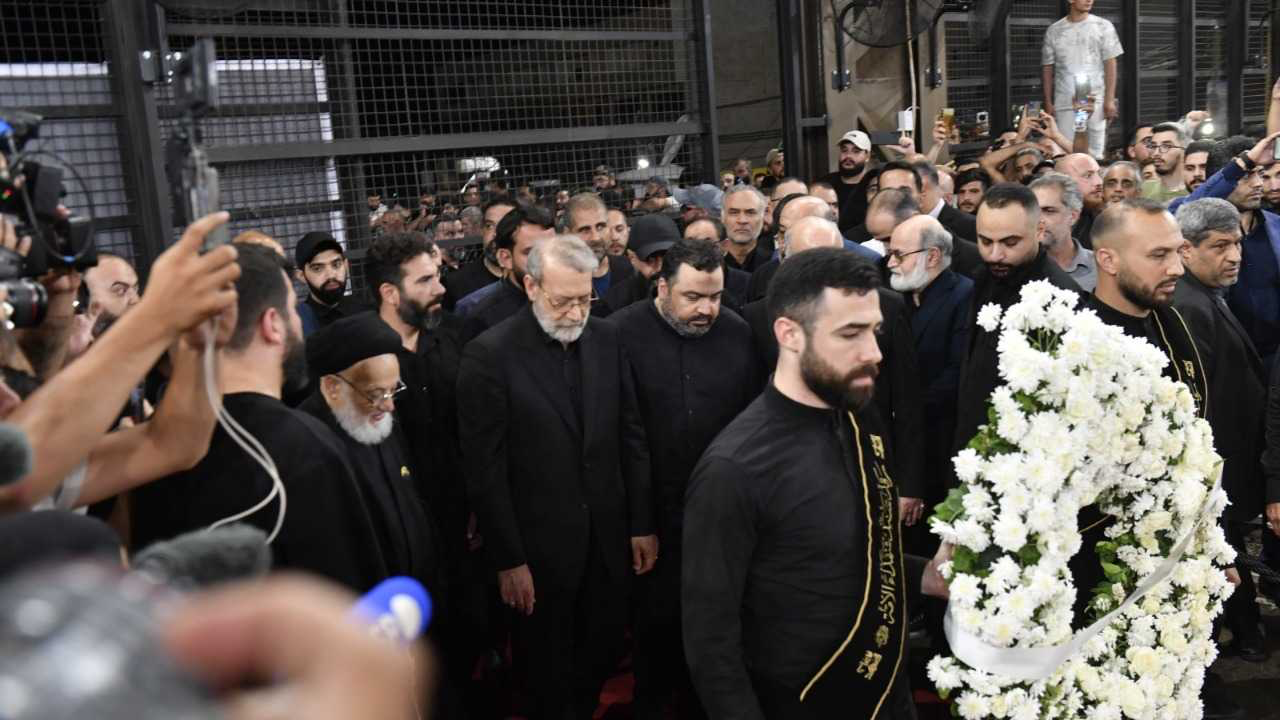
Strategic Shifts
Iran’s recent effort to unify Shia factions in Lebanon and Iraq was not its first. Earlier, Ali Larijani, Secretary-General of Iran’s Supreme National Security Council, held talks with Iraqi and Lebanese officials during a visit to Baghdad and Beirut in early August 2025.
According to Iraq’s Shafaq News (August 11), “the purpose of Larijani’s visit was to regroup the so-called “Axis of Resistance” and reorganize its internal structure, while also coordinating with Baghdad’s political role in stabilizing the region amid the weakening of the Axis’s leadership.”
His mission also aimed to reassign roles and reshape coordination mechanisms following the planned U.S. troop withdrawal from Iraq by September 2026, ensuring a formal framework for that process.
During his meetings with Iraqi officials, Larijani reportedly discussed accelerating the formation of a new government after the November 11 parliamentary elections, achieving domestic stability, and maintaining a balanced political landscape in line with current international pressures.
Observers noted that the visit came at a sensitive time, coinciding with Iran’s security apparatus restructuring after the recent Israeli aggression on the country.
A report by the Iranian Studies Center (IRAM) on August 21 stated that Tehran considers maintaining the political influence of the militias it supports and institutionalizing their roles within state systems while preserving their ties to Iran—a strategic priority.
The center added that Washington’s calls to disarm these groups and threats of sanctions are not merely security measures but a broader attempt to curb Iran’s regional influence.
For this reason, Iran is working to prevent these groups from radicalizing and to shield them from direct U.S. and Israeli targeting. Larijani’s regional contacts are meant to ensure that this strategy is carried out in coordination with Baghdad.
In Lebanon, the focus was on the controversial issue of Hezbollah’s disarmament. The Lebanese government’s decision to approve a U.S.-backed roadmap to place all weapons under state control reportedly shocked Tehran and its ally in Beirut.
Hezbollah Deputy Secretary-General Naim Qassem denounced the plan as “a service to Israel’s project,” insisting that the group would not surrender its weapons “until Israel withdraws from Lebanese territory and halts its attacks,” hinting at the possibility of internal conflict.
By contrast, Lebanese President Joseph Aoun affirmed that the matter was an internal national issue in which no foreign state has the right to intervene. Prime Minister Nawaf Salam echoed this view, saying no group can possess arms outside the framework of the army, and warned that hints of civil war and implicit threats are unacceptable.
Larijani’s visit to Iraq and Lebanon reflects a major strategic transformation in Iran’s regional policy. Tehran is now shifting from direct military involvement to strengthening political and diplomatic influence, seeking to preserve its regional allies within a more pragmatic and balanced framework in light of rising security risks, according to IRAM.
Sources
- Shia–Shia Coordination at the Core of Hezbollah and Amal’s Visit to Iraq: What Are the Key Issues and Implications? [Arabic]
- Shia–Shia Dialogue from Iraq to Lebanon [Arabic]
- Larijani in Baghdad to Reshape the Axis of Resistance and Form a New Government [Arabic]
- Al-Sadr Criticizes al-Sudani’s Attendance at Sharm el-Sheikh Summit Calling It a Stain [Arabic]


